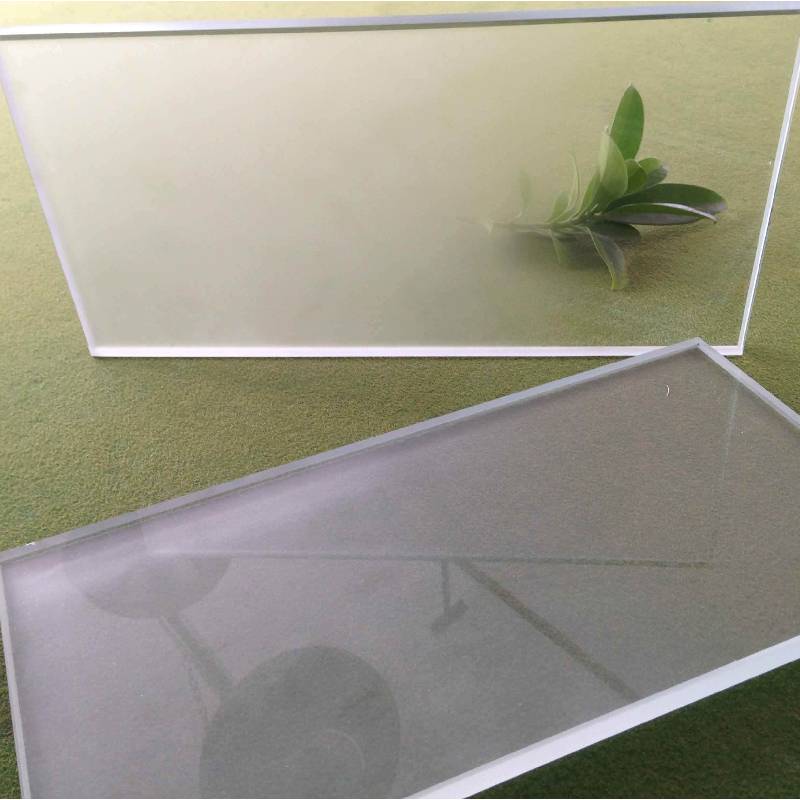Annealed float glass is a fundamental component in modern architecture and various industrial applications, embodying a blend of artistic expression and engineering prowess. As an experienced professional in the field, I'm here to share insights that reflect the remarkable attributes and technical nuances that make annealed float glass an indispensable choice for both architects and manufacturers.

Annealed float glass is produced through a meticulous process where molten glass is floated on a bed of molten tin. This method results in a sheet of exceptionally flat and distortion-free glass, setting it apart from other types of glass. The uniform thickness and flawless finish of float glass make it an optimal substrate for further processing, including cutting, tempering, and lamination. From residential windows to intricate interior designs, annealed float glass serves as the canvas upon which innovation is painted.
What grants annealed float glass its uniqueness is not just its aesthetic appeal but its intrinsic properties that enhance both functionality and safety. Subjected to a carefully controlled cooling process known as annealing, the internal stresses of the glass are relieved, augmenting its strength and resilience. This step is crucial as it prevents spontaneous breakage and ensures a predictable breaking pattern, which significantly reduces the risk of injury. For industries focusing on safety, such as automotive and construction, annealed float glass is often further reinforced through tempering or lamination to amplify its durability and security features.

The versatility of annealed float glass extends beyond simple applications. In environments where clarity and visibility are paramount, such as display showcases and observation towers, its optical clarity and ability to allow maximum natural light make it an ideal choice. Furthermore, its excellent resistance to chemical corrosion and environmental factors makes it suitable for exterior glazing and solar panel applications, where longevity is key.
annealed float glass
From an expertise viewpoint, sourcing high-quality annealed float glass requires awareness of several quality indicators, including bubble content, surface smoothness, and edge integrity. Reputable manufacturers adhere to stringent quality controls and standards, such as ISO certification, ensuring each pane meets both visual and performance standards. Engaging with a supplier who can provide certification and traceable quality control data is essential to maintaining trust and assurance in high-stakes projects.
Moreover, integrating annealed float glass into your design can contribute to sustainability. Many manufacturers are committed to eco-friendly practices, employing energy-efficient production processes and incorporating recycled materials. This aligns with growing global demands for environmentally responsible building practices, where annealed float glass plays a pivotal role.
In summary, annealed float glass stands as a testimony to the seamless integration of beauty, safety, and versatility. It is not merely a building material but a strategic component that informs the design ethos of sustainable and innovative spaces. By understanding its production, application, and industry standards, one can harness its full potential to deliver projects that are not only visually compelling but also structurally sound and responsibly sourced. As the industry evolves, annealed float glass will continue to define the standards for excellence in modern design and architecture.



